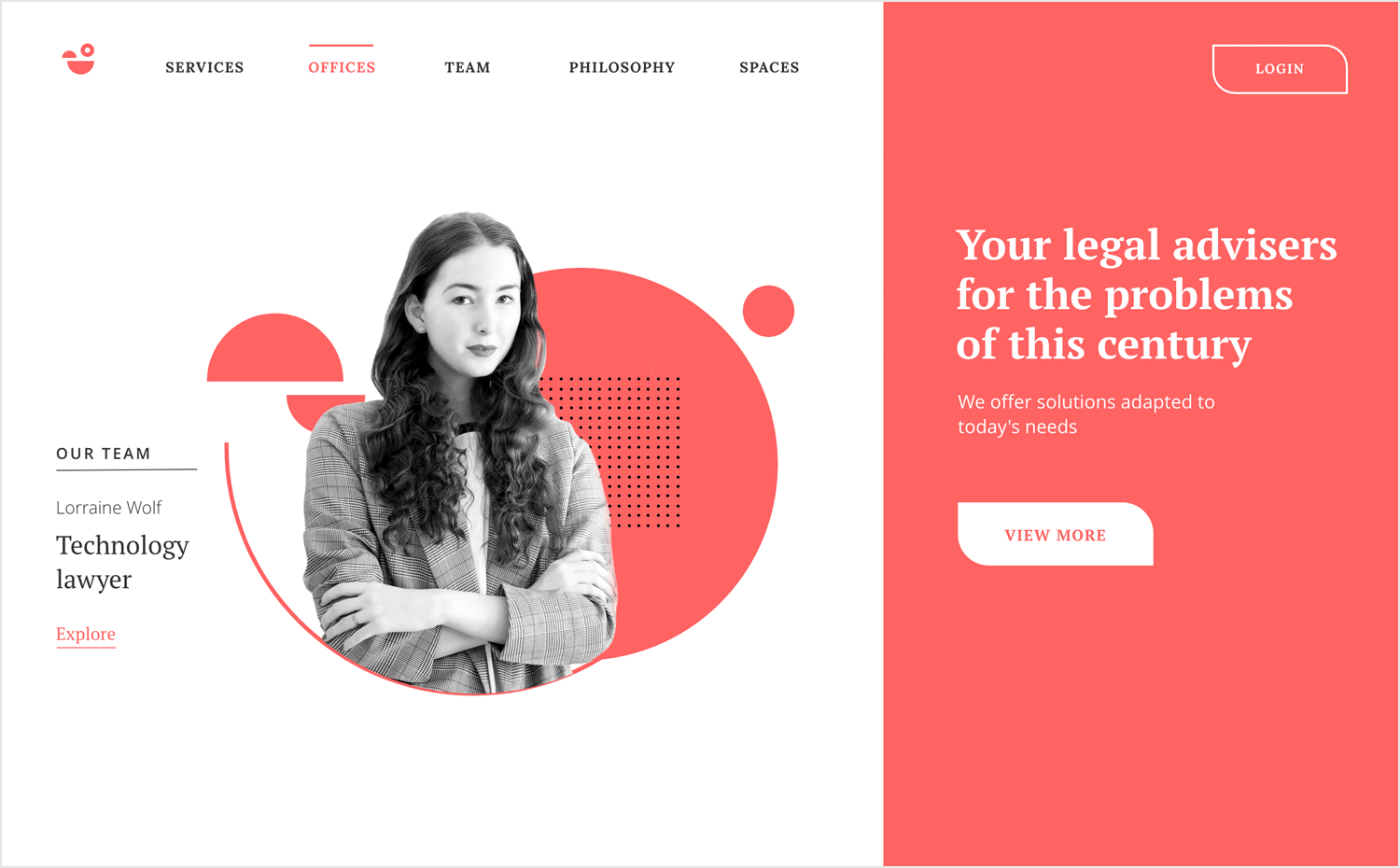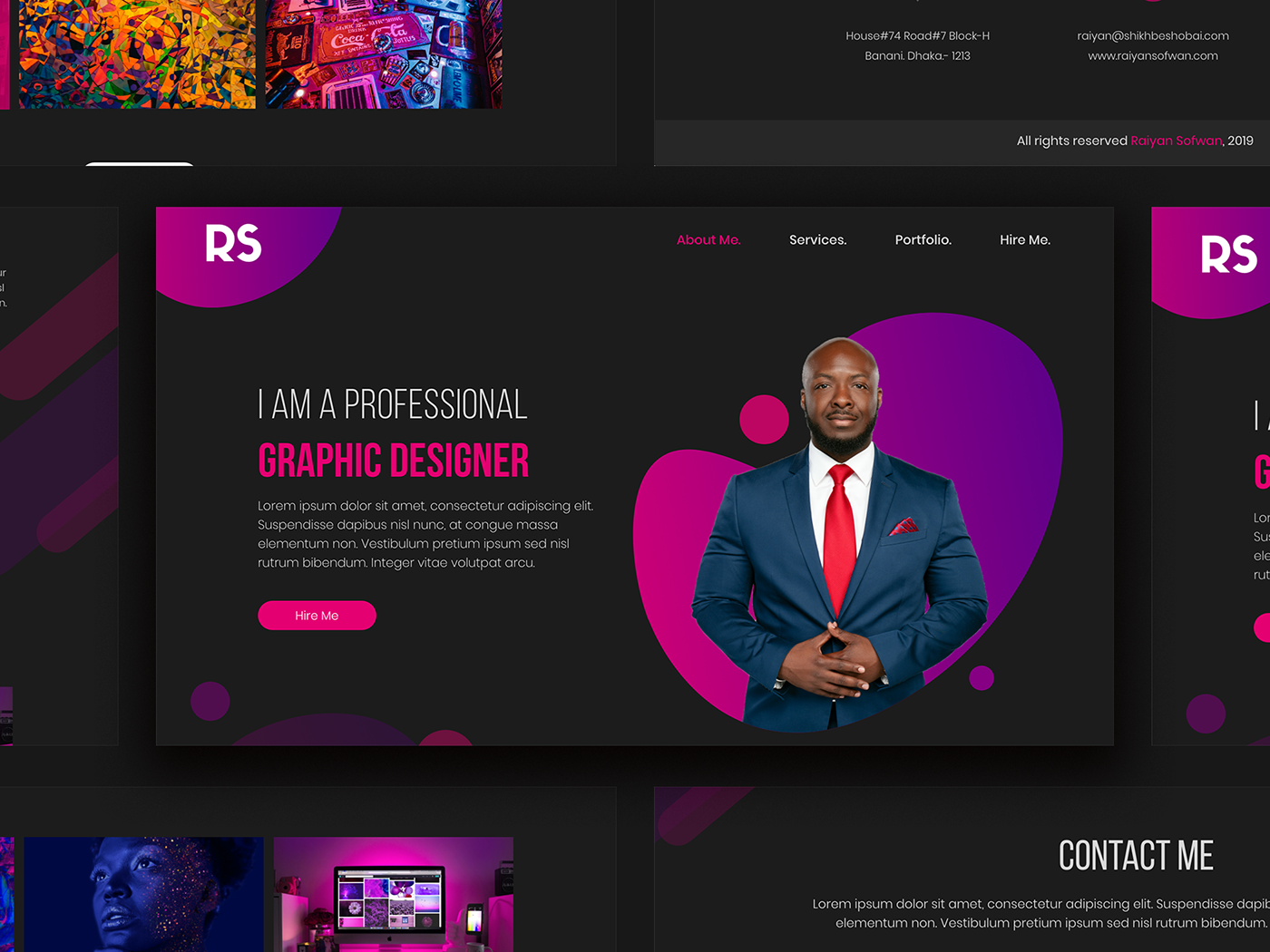Key Techniques for Implementing User-Centric Internet Site Style to Boost Interaction
When taking into consideration the application of user-centric website style, certain strategies are instrumental in boosting engagement. Comprehensive research right into individual needs and preferences develops the structure, guiding the production of customer identities to notify layout choices. Individualizing content boosts customer satisfaction, and durable accessibility features expand reach.
Recognizing Customer Demands
Comprehending customer needs is a fundamental action in the process of user-centric internet site layout. This method makes sure that the web site straightens with the expectations and needs of its target audience, ultimately resulting in improved individual fulfillment and interaction. The preliminary phase includes performing thorough study to collect understandings into individual habits, preferences, and pain factors. Methods such as surveys, interviews, and user screening can offer important qualitative and quantitative information regarding just how users connect with the web site.
Evaluating this information enables developers to produce detailed user personas that stand for the different segments of the target market. These identities assist educate design choices by highlighting certain customer goals and obstacles, assisting the development of features that deal with these needs properly. Understanding the context in which individuals operate-- such as their atmosphere, device choices, and time constraints-- can even more fine-tune the style approach.
Empathy plays a crucial function in this process, making it possible for developers to see the website from the customer's viewpoint. By prioritizing customer needs, the style process ends up being more concentrated, protecting against the inclusion of unneeded elements that might clutter the customer experience. Eventually, a deep understanding of user demands is instrumental in crafting a site that is both functional and purposeful.
Creating Intuitive Navigating
Having actually developed an extensive understanding of customer demands, the following step in user-centric website style involves developing instinctive navigating. Reliable navigating is basic to customer satisfaction, affecting just how conveniently individuals can find info and full jobs. To accomplish user-friendly navigation, designers have to prioritize simplicity and clarity, making sure that the navigation framework is consistent and sensible throughout the site.
Organizing web content into a clear hierarchy is crucial. Website Design. Making use of acquainted tags and symbols can direct individuals effortlessly, lowering cognitive tons and boosting the overall customer experience. A well-designed navigation bar should be plainly positioned, allowing customers to recognize their present area and conveniently check out other sections of the site
It is additionally essential to integrate interactive elements such as breadcrumbs and search capabilities to assist customers in navigating complex sites. These features give extra pathways and enhance the ease of access of material, dealing with various customer preferences and actions.
Checking navigation with real individuals is necessary to determine potential discomfort points and ensure capability straightens with individual expectations. Normal comments loopholes and iterative enhancements can help keep a reliable navigation system that adapts to progressing individual requirements, eventually improving interaction and contentment.
Producing Responsive Interfaces
Invariably, producing responsive user interfaces is an essential element of modern-day website design, making certain that internet sites are available and useful throughout a plethora of devices and display sizes (Website Design). This adaptability is essential in a landscape where individuals accessibility material via smartphones, tablet computers, laptops, and desktop computers, each with varying orientations and resolutions. The main objective of receptive design is to boost customer experience by maintaining optimal readability and functionality, no matter the gadget utilized
To accomplish this, internet developers employ flexible grid layouts, liquid images, and CSS media queries. Flexible grids permit web site elements to resize proportionally, while liquid pictures make sure visuals scale appropriately without shedding high quality. Media inquiries play an important role by using various designs based upon the gadget's features, such as width, alignment, and height, thus customizing the format to the individual's display.
Additionally, receptive interfaces add to improved seo (SEARCH ENGINE OPTIMIZATION) by using a smooth individual experience, which consequently can minimize bounce prices and increase website involvement. In recap, embracing responsive design is not simply a technological consideration but an essential method for cultivating a user-centric internet setting that satisfies the needs of a varied audience.

Personalizing Web Content Experience
Personalizing content official source experience is a critical part of user-centric website design that involves tailoring material to meet the one-of-a-kind preferences and actions of specific customers. This approach not only enhances customer satisfaction however likewise cultivates much deeper engagement, as visitors are more probable to communicate with content that resonates with their interests and demands. By leveraging information analytics and user responses, companies can identify patterns and patterns that educate the modification of web content.
Integrating customization techniques can range from basic modifications, such as recommending products based on browsing history, to a lot more innovative methods like dynamic material that adjusts in real-time to an individual's interactions. Individualized touchdown web pages can substantially boost conversion prices by supplying customers with appropriate details and supplies that straighten with their previous tasks and preferences.
Additionally, using expert system and machine knowing can further fine-tune content personalization by continually picking up from individual habits and adjusting to arising patterns. This not only improves the individual's journey yet additionally constructs brand name commitment, as consumers really feel comprehended and valued. Ultimately, individualizing the material experience is a vital strategy for organizations aiming to produce a much more interesting and meaningful communication with their audience.
Enhancing Access Attributes
Enhancing accessibility functions is a fundamental facet check my site of user-centric web site style, making certain that electronic material is useful by everyone, including individuals with specials needs. This method not just complies with legal criteria such as the Americans with Disabilities Act (ADA) and the Web Material Accessibility Guidelines (WCAG) but additionally dramatically expands an internet site's audience reach. By integrating functions like key-board navigation, display viewers compatibility, and alternative text for pictures, websites end up being much more inclusive, providing a smooth experience for customers with aesthetic, auditory, or motor problems.
Including receptive layout elements is essential, promoting accessibility on various gadgets and display sizes, therefore accommodating customers with various preferences and demands. In addition, comparison ratios and message dimension modifications can enhance readability for individuals with aesthetic difficulties. Offering succinct and clear content framework, such as lists and headings, help understanding and navigating, particularly for customers with cognitive disabilities.

Final Thought
Including user-centric style techniques considerably boosts web site engagement by focusing on the requirements and preferences of customers. Detailed research facilitates the production of user personalities, assisting targeted layout choices.
Extensive research study into user needs and preferences creates the structure, leading the production of customer identities to educate layout selections. Techniques such as studies, meetings, and customer testing additional resources can provide useful qualitative and quantitative information concerning how individuals communicate with the website.
By prioritizing customer needs, the design process comes to be much more concentrated, preventing the addition of unneeded aspects that might mess the user experience. Effective navigation is basic to customer contentment, influencing exactly how quickly individuals can find details and total jobs. The usage of acquainted labels and icons can direct customers easily, decreasing cognitive load and enhancing the total user experience.
Comments on “The Future of Digital Marketing: Embracing Modern Website Design Trends”